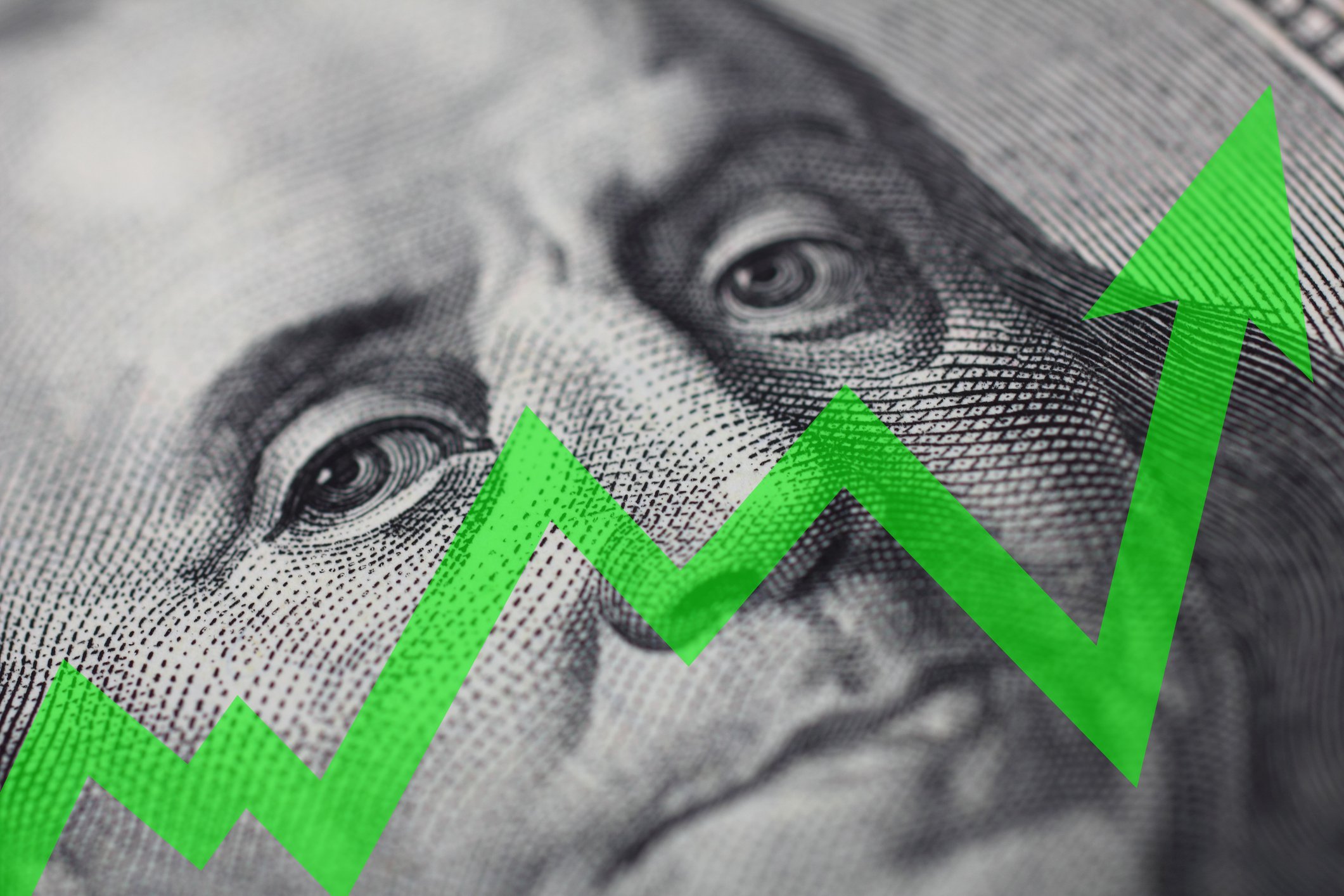Growth investing is all about focusing on the future. What is a company doing that is going to keep its top and bottom lines expanding over time? Here's why technology giants Alphabet (GOOG +1.14%) and Amazon.com (AMZN 0.37%) are the types of growth stocks that investors will want to take to their graves. But, switching gears just a little, you'll also want to consider packaged foods company Hormel Foods (HRL 0.38%) for its dividend growth potential -- a different type of growth, but one that might be of keen interest to investors looking to live off the income their portfolios generate.
Checking off two important boxes
Keith Speights (Alphabet): There are two things a growth stock needs to have to qualify as a good pick to buy and hold for 25 years or more. First, the underlying business must enjoy a strong moat -- competitive advantages that help it protect its profits. Second, the company must have several paths for growth, or optionality, because just one source of growth might not be enough to span multiple decades. I think that Alphabet checks off both these boxes very well.

Image source: Getty Images.
Alphabet has eight products that have at least 1 billion users every month, including Google Search and YouTube. These products have reached such a critical mass that it's difficult for any rival to challenge them. And they generate a tremendous revenue stream for Alphabet that the company uses to invest in new features and functionality to maintain its competitive advantage.
In addition to this strong moat, Alphabet has multiple growth opportunities. Some of them are admittedly long shots, such as the company's Calico business unit that's working on extending the human life span. Others seem highly unusual, like its Loon network of high-altitude balloons to extend Internet connectivity to remote areas.
But Alphabet also claims some ventures that appear likely to be huge winners. I'd put its Waymo self-driving car unit at the top of the list. UBS even projects that Waymo could generate annual revenue of more than $100 billion by 2030.
Check out the latest earnings call transcript for Alphabet, Amazon, and Hormel Foods.
You'll have to pry Amazon from my cold, dead hands
Brian Stoffel (Amazon.com): I first bought shares of Amazon back in 2010 while filling out my retirement portfolio. Back then, I said, "Amazon has four competitive advantages that will give it the upper hand for years to come."
Those advantages have only widened. Today, Amazon has an enormous moat, and here's why:
- Brand: According to Forbes, Amazon's brand is the fifth-most-valuable in the world, worth nearly $71 billion.
- Switching Costs: The roster of Amazon Prime members has surged past 100 million -- and the benefits have only multiplied since then. You can't switch and find a better deal anywhere else in the world.
- Low-Cost Production: At the time, I focused on Amazon's fulfillment centers and two-day delivery. The company can still do that more cheaply than anyone else. But the scale of Amazon Web Services (AWS) has also given it the cost advantage when it comes to cloud computing.
- Network Effects: In 2010, I focused on the power of online reviews. Today, Fulfillment by Amazon (FBA) is another example. Third-party vendors list on the site because so many people go to Amazon. This draws even more consumers to the site.
And this doesn't even scratch the surface for Amazon's future. The company's mission is "to be earth's most customer-centric company." That could soon include pharmaceutical delivery, long-distance delivery, and more.
It doesn't take much imagination to see these moats widening even more over the next quarter-century. Which is why you'd have to pry my shares from my cold, dead hands.
Dividend growth is the big plus here
Reuben Gregg Brewer (Hormel Foods Corporation): One can easily argue that Hormel is not a growth stock in the traditional sense. Revenue growth over the trailing decade was in the low single digits, which is about right for a packaged foods company. However, earnings have historically grown in the high single digits to low teens over time. That's pretty solid leverage and has powered the growth that really stands out at Hormel: dividend growth. This protein-focused food company has increased its dividend at an annualized rate of 16% over the past 10 years -- more than five times the historical rate of inflation.
That's growth worth noting. It's true that Hormel's current yield of roughly 1.9% is a little lower than the 2% area that would signify a really interesting buying point. But in this case, it's probably worth paying a fair price for a great company that you can comfortably own for decades to come...and collect more generous dividend hikes. Note that Hormel has increased its dividend annually for over five decades.
HRL Dividend Yield (TTM) data by YCharts.
The long-term opportunity here is buttressed by the company's extremely conservative balance sheet. Long-term debt, even after a series of growth-minded acquisitions, is roughly 10% of the capital structure. That's a low figure for any company. Meanwhile, Hormel has been busy adjusting its portfolio to match up with current trends, including a recent focus on the fast-growing deli aisle, and expanding into overseas markets, notably China and Latin America. If history is any guide, it will be able to shift gears with its end customers and continue supporting its fast-growing dividend.









